Kewpie Mayonnaise
How to make the famous japanese condiment at home
Kewpie Mayo is a Japanese mayonnaise known for its unique flavor which is tangier, sweeter, and richer than traditional mayonnaise. Kewpie mayo is also made with egg yolks only, which gives it a smoother texture and a deeper yellow color compared to other mayonnaises that use whole eggs.
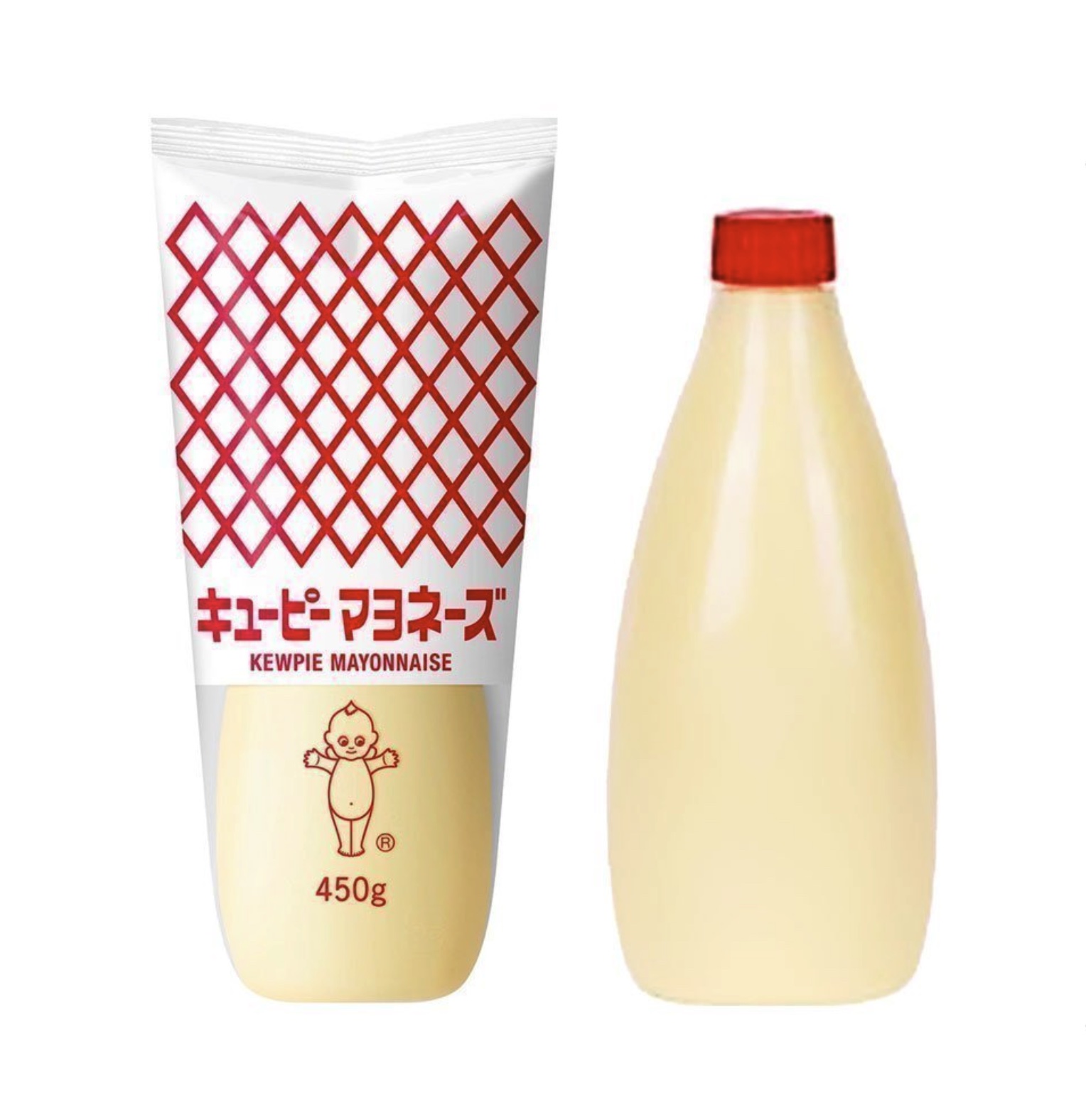
Mayonnaise is an emulsion, which is a mixture of two liquids where one is distributed as microscopic droplets in another. To make kewpie at home all we need to do is disperse oil into our egg yolks and other ingredients until the oil is mixed evenly thoughout in tiny droplet form.
We can do this with a food processor or an immersion blender - the blade will spread the oil out into droplets until the two liquids combine and thicken into the emulsion we know as mayonnaise.
Since we’ll be using raw egg yolks, unless you have access to very fresh eggs it’s a good idea to pasteurize them as this will guaruntee that pathogens are killed. It is essentially heating the eggs gently for a prolonged period of time until they are considered safe to eat. An easy way to do this is to use an immersion circulator (sous vide) that keeps water at a consistent temperature which is perfect for the pasteurization requirements.
| Ingredient | Quantity |
|---|---|
| Pasteurized Egg Yolks | 4 |
| Dijon Mustard | 1 tbsp |
| Neutral Oil | 1.5 cups |
| Kosher Salt | 1 tsp |
| Rice Vinegar | 2 tbsp |
| Dashi Powder / MSG | 1 tsp |
| Lime Juice | 6 tbsp |
Recipe
Step 1
If you already have pasteurized eggs or are using fresh yolks, skip to step 2.
Prep your sous vide with enough water to cover your eggs and bring the temperature up to 135F. Add your eggs and cook for 75 minutes.
The cook time for pasteurization is 75 minutes, but if you want to do a shorter cook you can do 140F for 4 minutes. A lower for longer cook will yield more easily seperatable yolks which will allow for a better yolk to white ratio. This will ultimately make a difference in the emulsion and flavor of the mayonnaise.
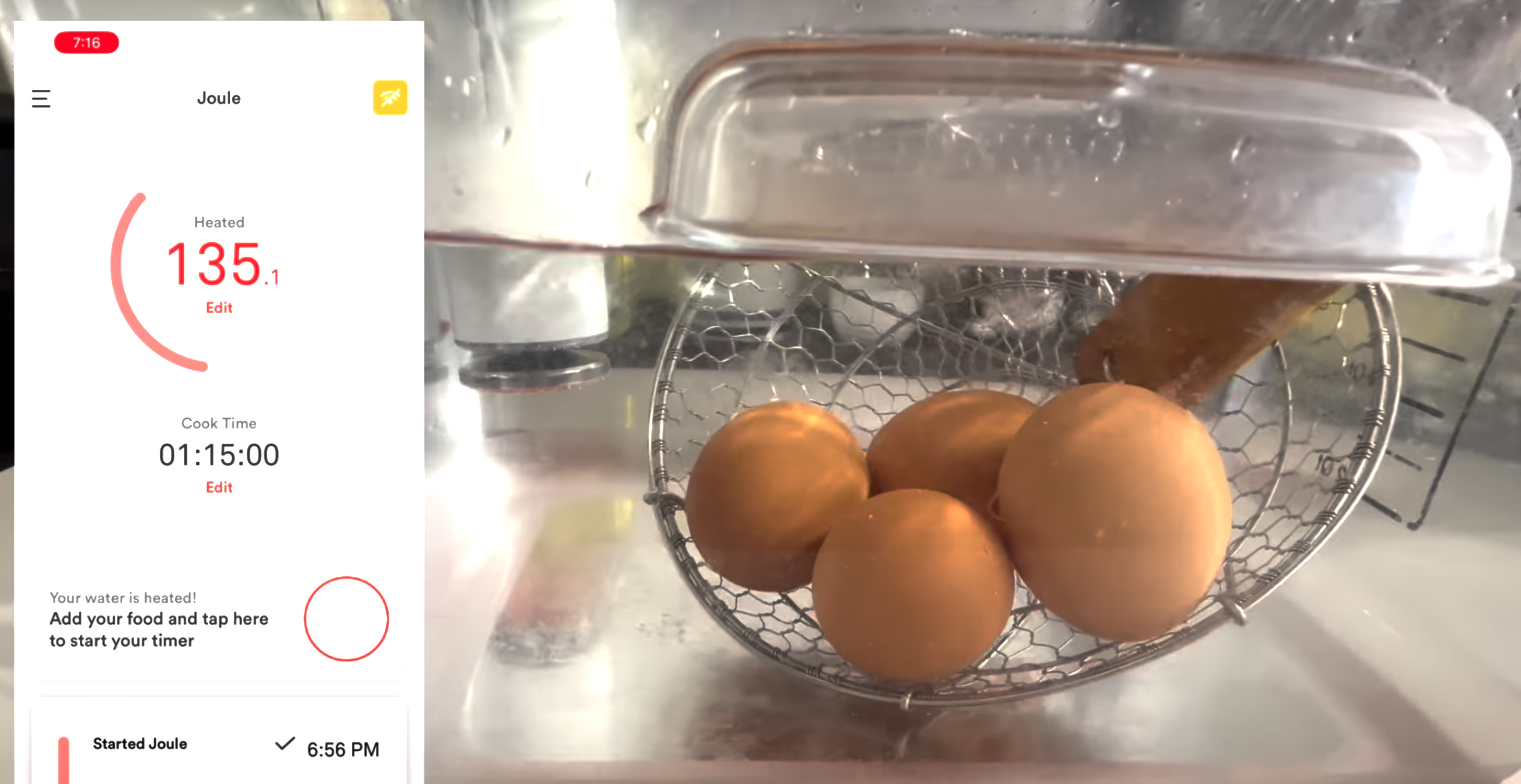
While the eggs cook, prep an ice bath that will cover all of your eggs.
Once the eggs finish transfer them to the ice bath and allow them to come to room temperature.
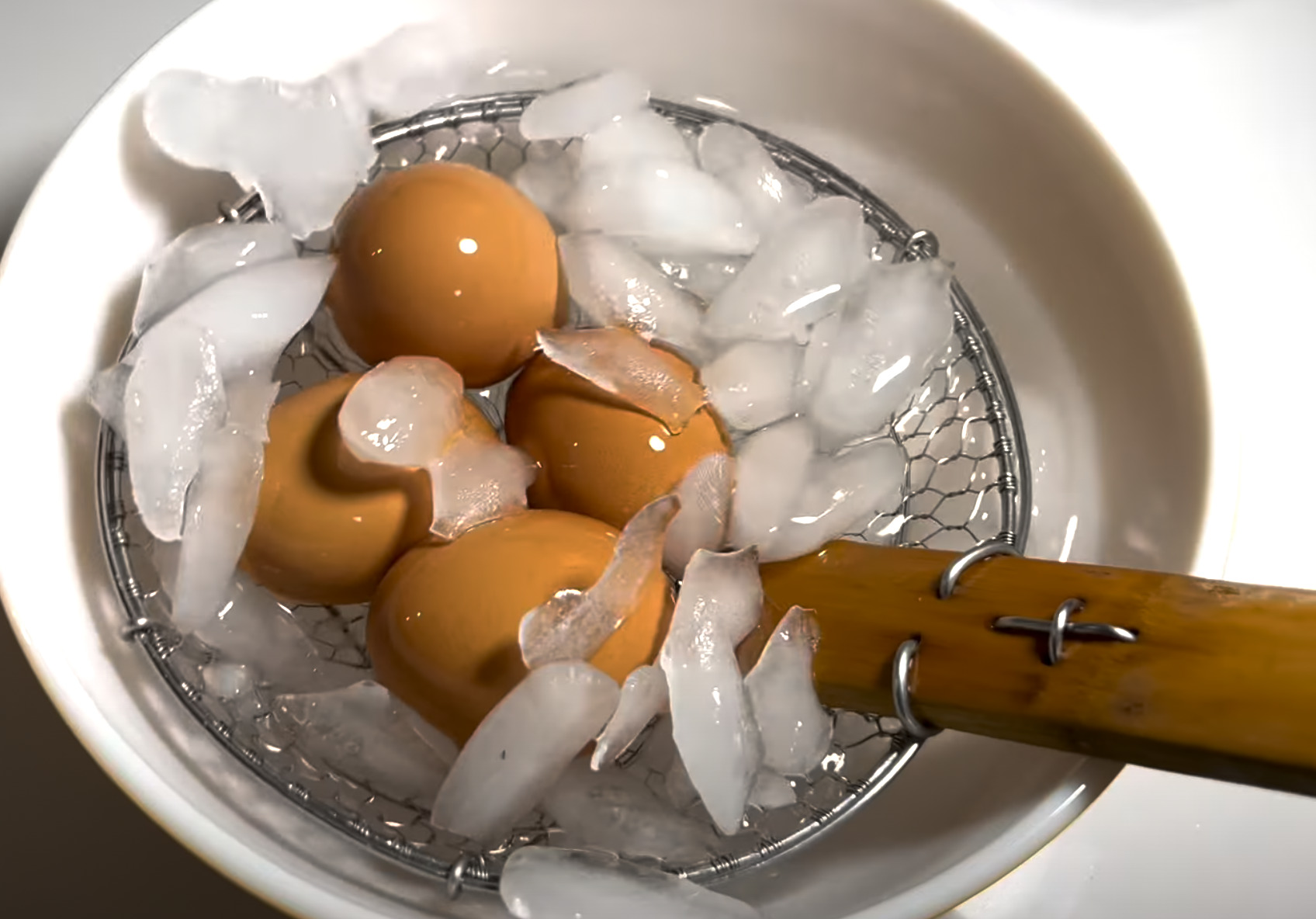
Step 2
Seperate your egg yolks from the whites and add them to the bowl of a food processor along with dijon mustard.
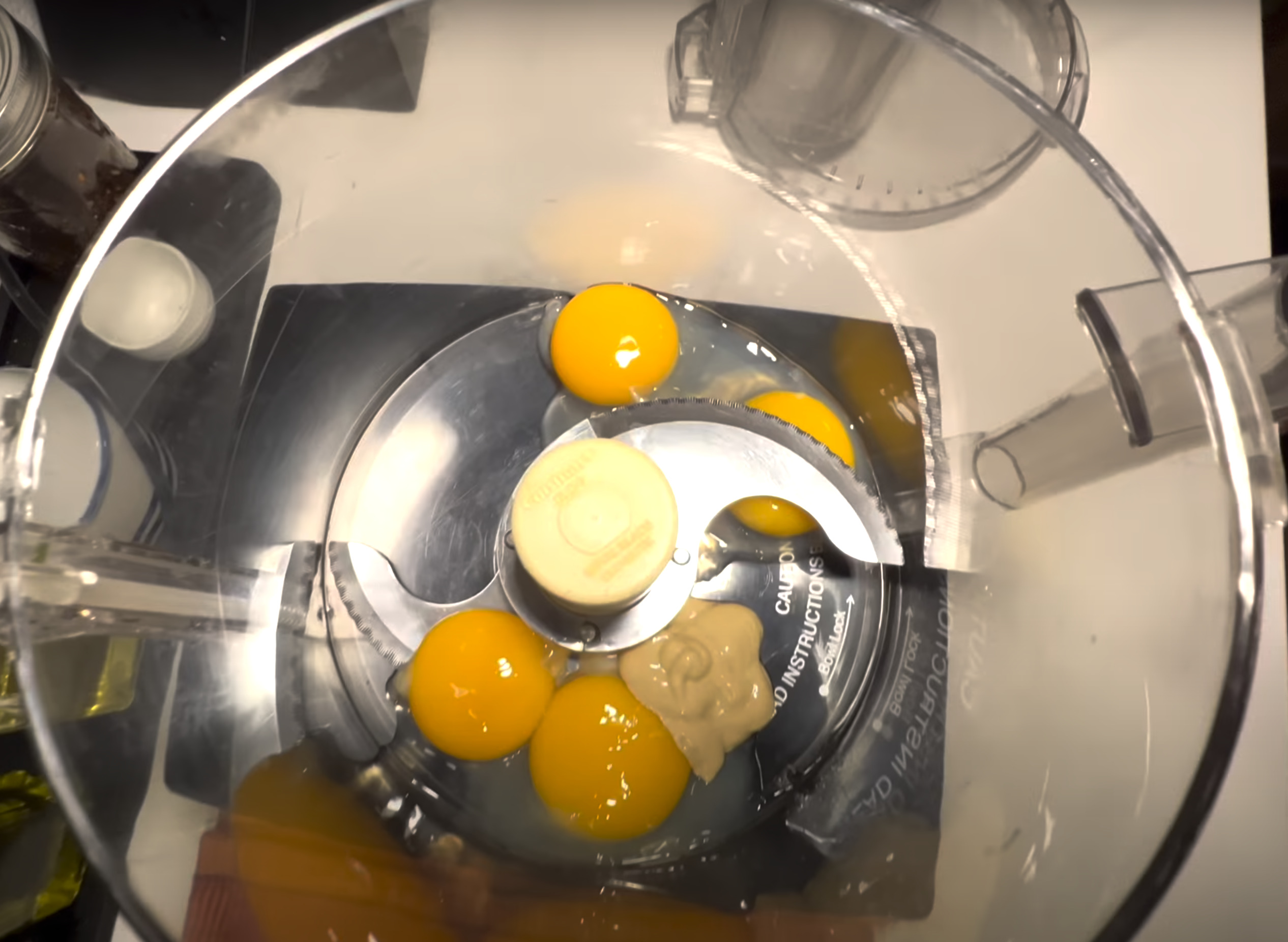
Measure out neutral oil and pour one third of it in a thin but steady stream into the processor while it is on. It’s important to add a small amount of oil at a time so the processor can do the work of evenly dispersing the oil throughout the yolk mixture into tiny beads. Adding to much oil at once can risk an uneven distribution and a broken emulsion.

Step 3
Pause the processor and add your salt and dashi powder or msg. Repeat Step 1 and add the second third of oil.
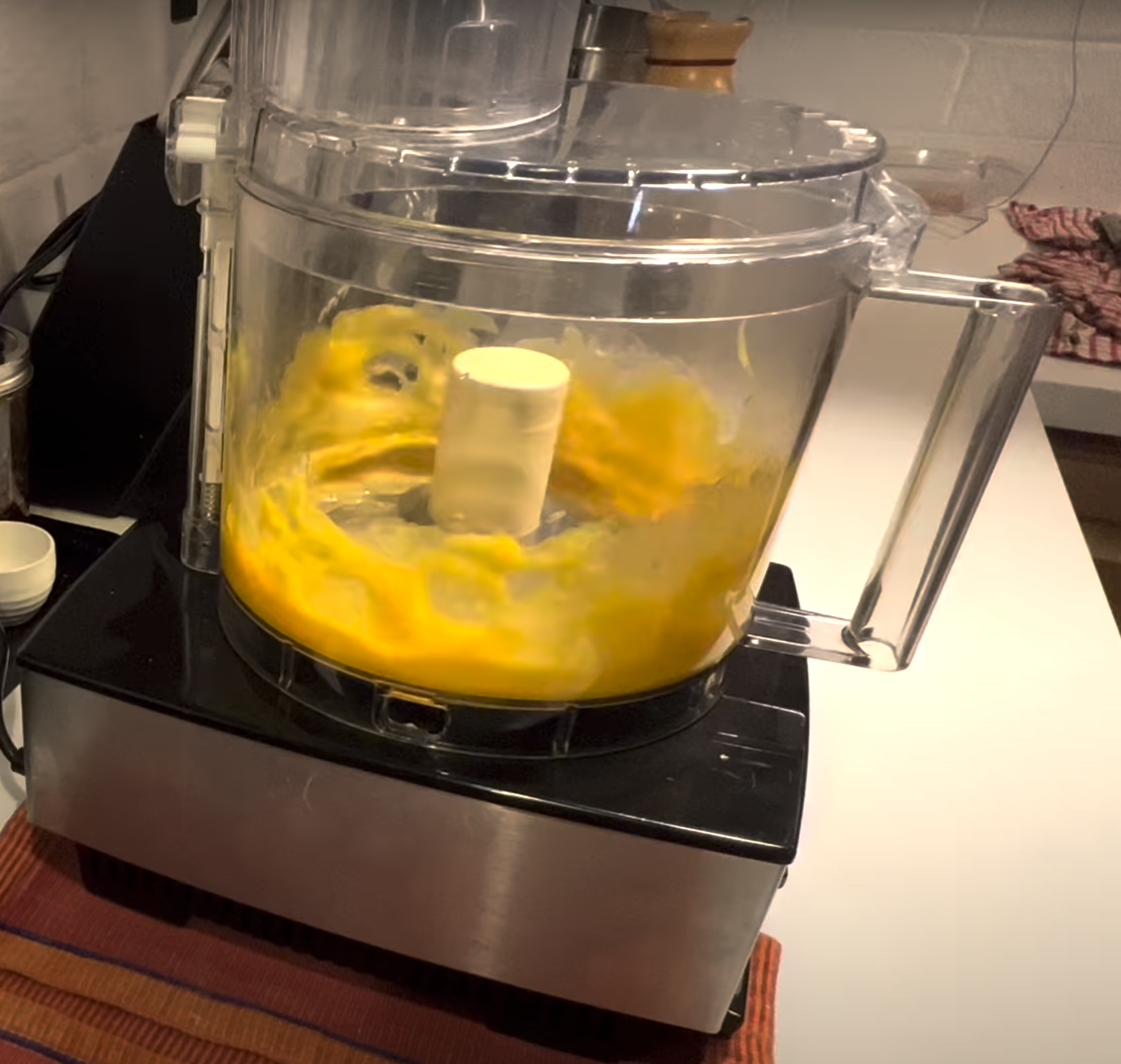
Step 4
Pause the processor and juice limes (or lemons), then add whichever juice you prefer along with rice vinegar.
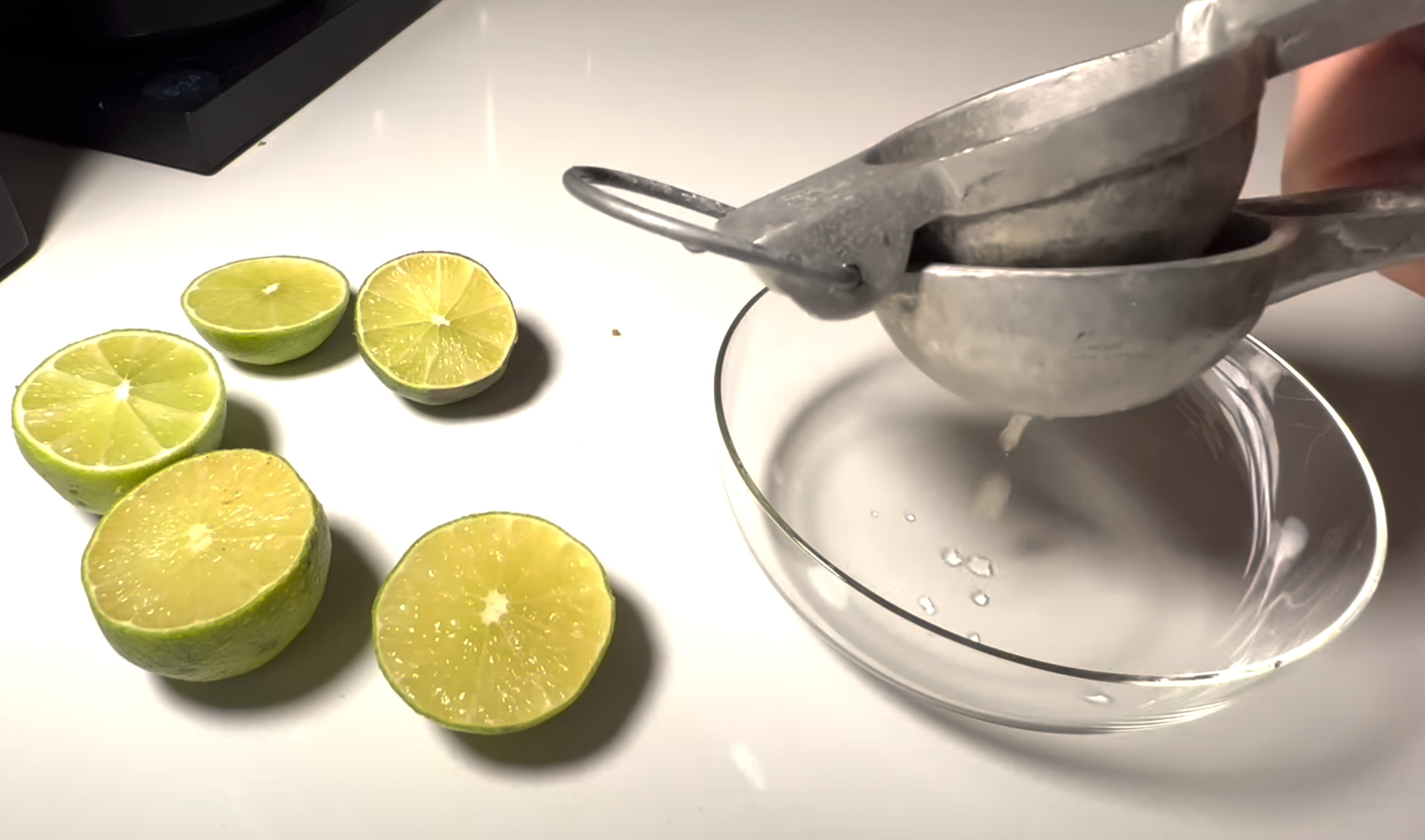
Start the processor once more and add the remainder of the oil. Make sure to stop the processor as soon as all the oil is in - this is the stage where the risk of breaking the emulsion is the highest. This can happen by “overworking” it and bringing the oil out of suspension in the egg base.
At this point you should have something that looks like the consistency of a mayonnaise. It may be a bit runnier than you would normally see but this is likely due to the heat of the mixer and the kinetic energy from the spinning blade. Once chilled it should set up nicely.

Transfer it to a container and store in the fridge for up to a week.
Ideas for using Kewpie
- Dipping sauces for sushi, tempura, and other Japanese foods.
- In sandwiches, salads, and as a condiment for french fries and other fried foods.
- In stir-fries, noodle dishes, and other Asian-inspired dishes.
- In salad dressings.
- As a base for sauces and dips.
- To add richness and flavor to baked goods.

